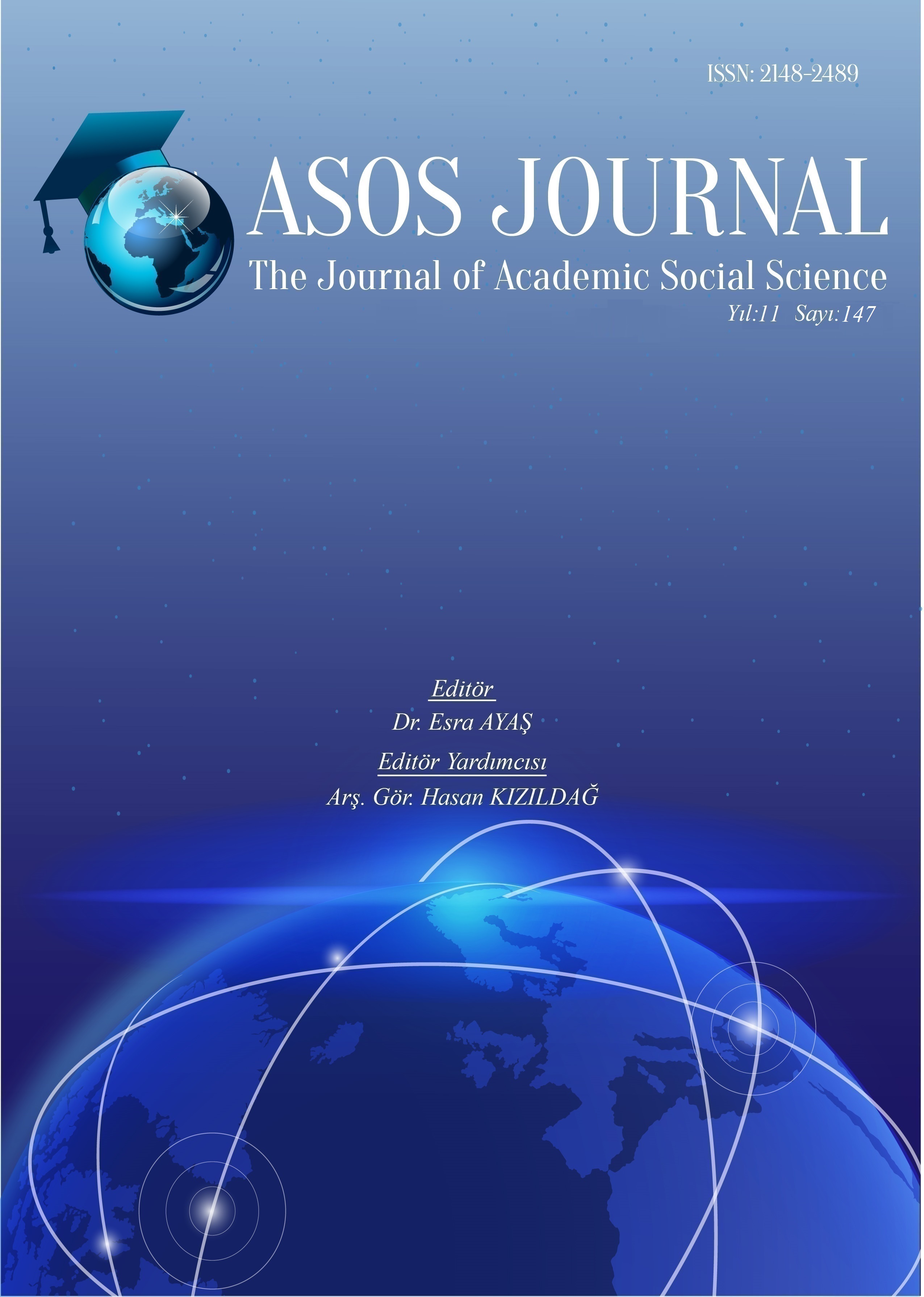Author :
Abstract
Fotoğrafta yüzey seçimi ifade gücünü zenginleştiren temel bir faktördür. Fotoğrafçılar fotoğraf tarihinin ilk yıllarında kalay, bakır, kâğıt ve cam yüzeyleri en iyi fotoğrafı elde edebilmek için denemişler ve başarılı olmuşlardır. Günümüzde de fotoğrafçılar çeşitli yüzeyleri kullanarak eserlerinin ifade gücünü artırmak için yüzeyi araç olarak kullanmaktadır. Seçilen her bir yüzey, fotoğrafın anlatmak istediği hikâyede ve izleyiciyle kurulan iletişimde önemli bir araçtır. Günümüzde kâğıt yüzey, sanatçıların en çok tercih ettiği fotografik yüzeydir. Kâğıt, fotoğrafçılara hammadde, ağırlık, yoğunluk ve doku çeşitliliği ile farklı ifade olanakları sunmaktadır. Kâğıt yüzeyin sağladığı bu çeşitlilik Cyanotype tekniğinde sanatçıya çok daha geniş bir ifade olanağı sağlar. 1842 yılında Sir John Frederick William Herschel tarafından keşfedilen Cyanotype, her yüzeye uygulanabilir olması sebebiyle günümüzde de sanatçılar tarafından tercih edilmektedir. Bu makalede öncelikle fotoğraf tarihinde kâğıt üzerine yapılan ilk fotoğraf uygulamaları anlatılmıştır. Ardından çeşitli resim kâğıtları ve atık kâğıtlar üzerine yapılan uygulamalar ile Cyanotype tekniğinin bu yüzeyler üzerindeki etkisi incelenmiştir. Örnek çalışma olarak, eser üretim aşamasında tercih edilen baskı tekniğinin ve yüzey seçiminin fotoğraf anlamına etkisi “Mağrur” adlı triptik çalışma örneği üzerinden incelenmiştir.
Keywords
Abstract
The selection of surface for a photograph is an essential element for increasing the expressiveness of the image. In the early days of photography, photographers experimented with various surfaces such as tin, copper, paper, and glass to capture the optimal image. Nowadays, photographers use diverse surfaces as a tool to boost the expressiveness of their work. Each selected surface is an important tool in the story the photograph wants to tell and in the communication with the viewer. Paper is presently the most favoured photographic surface amidst artists due to the variety of raw materials, weights, densities and textures available. The variety of paper surfaces on offer permits photographers to experiment with a wider range of creative possibilities when using the Cyanotype technique. Discovered in 1842 by Sir John Frederick William Herschel, Cyanotype is still favoured by contemporary artists due to its versatility in application to various surfaces. This article aims to explore the first photographic applications on paper in the history of photography. It then analyses the applications made on various types of drawing and waste paper, and explores the impact of the Cyanotype technique on these surfaces. As a case study, this analysis examines the impact of the chosen printing technique and surface material on the meaning of the photograph during the production of the triptych "Mağrur".





